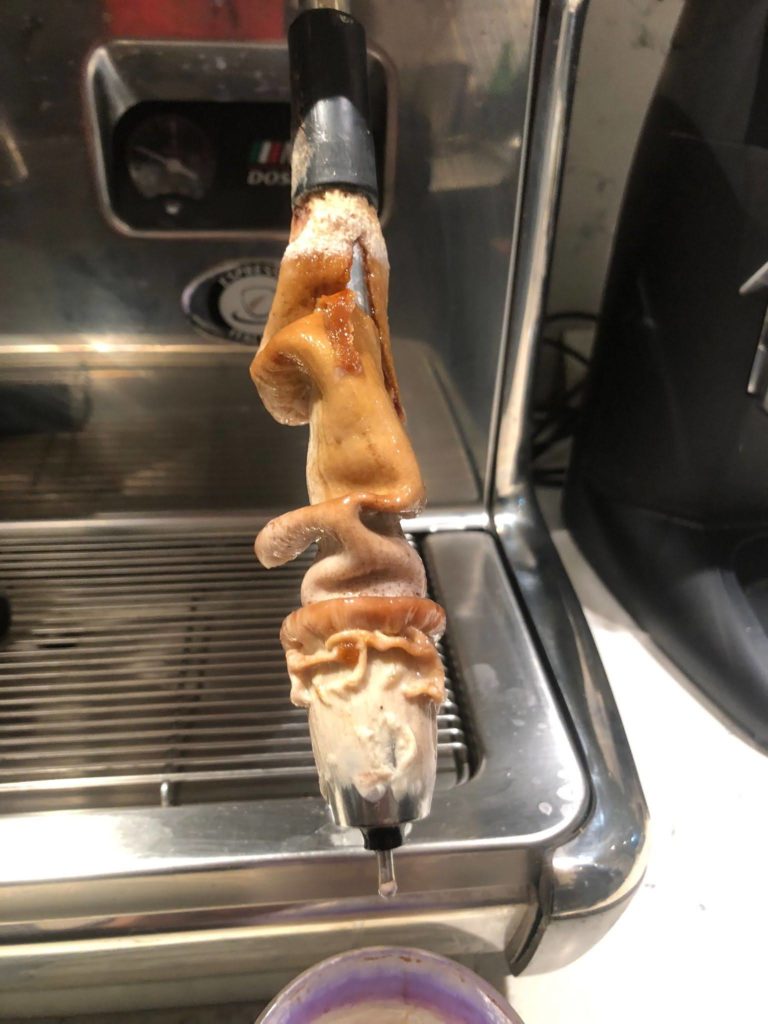
Is it really possible to get a good coffee in a restaurant?
It’s a question many people ask themselves, in Switzerland and elsewhere.
The answer is often no. Not due to a lack of good intentions, but because of a structural reality within the restaurant industry:
- Untrained staff
Coffee service is often handled by staff who have never received barista training. Yet, preparing a quality espresso is a technical act requiring precision, an understanding of extraction parameters, and knowledge of the equipment being used. - Machines and grinders are available, but underutilized
Many restaurants have semi-automatic machines and grinders provided by roasters, but without adequate training. As a result, staff often do not know how to adjust the grind size or extraction parameters in response to variations in the coffee, humidity, or service pace. - Coffee chosen based on price per kilogram
Coffee is often selected primarily based on price, with commercial agreements that include machine installation and maintenance, at the expense of sensory quality or ethical sourcing. - Poor extraction control and neglected maintenance
Dirty filters, clogged steam wands, and a lack of regular backflushing… Even high-quality coffee cannot withstand poor machine maintenance for long. Extraction often becomes inconsistent, leading to under-extracted, over-extracted, or burnt coffee.
A measurable consequence: consumers are turning away from coffee in restaurants.
According to the Tea and Coffee Trade Journal (June 2025), “office” and “home” coffee consumption is rising at the expense of restaurant coffee consumption.
Consumers increasingly prefer to invest in home brewing equipment or visit specialty coffee shops rather than risk a poor coffee experience after a good meal.
And yet, there are exceptions.
- Specialty coffee shops with trained baristas capable of adjusting grind settings, controlling extraction, and ensuring consistency.
• High-end restaurants that understand coffee is the last taste a guest will leave with and invest in:
- High-end automatic machines programmed precisely for consistency,
- or high-quality single-serve solutions that ensure freshness and consistency while accommodating staffing constraints.
These establishments understand that coffee cannot be left to chance if one wishes to offer a complete gastronomic experience.
In conclusion:
“Eat where people know how to cook. Drink coffee where people know how to prepare coffee.”
Quality is never accidental, whether in gastronomy or in coffee.
A well-executed espresso results from skills, precision, and respect for the raw material.